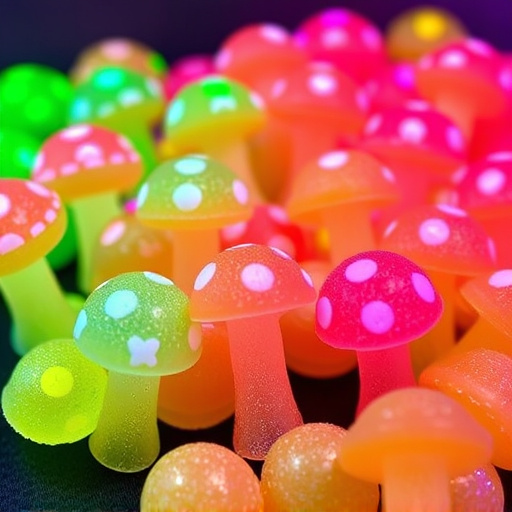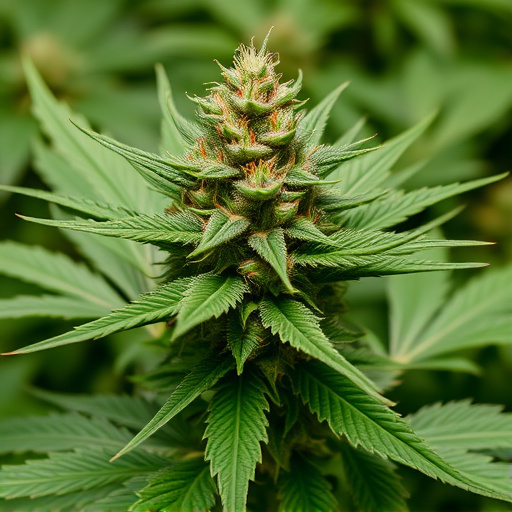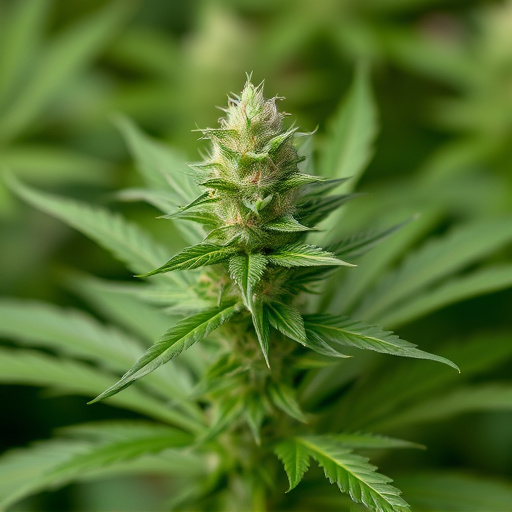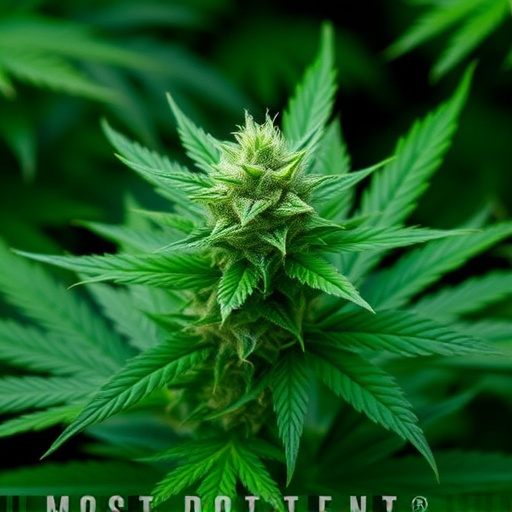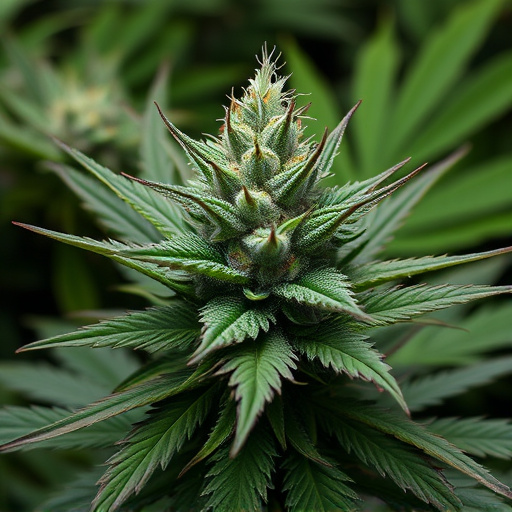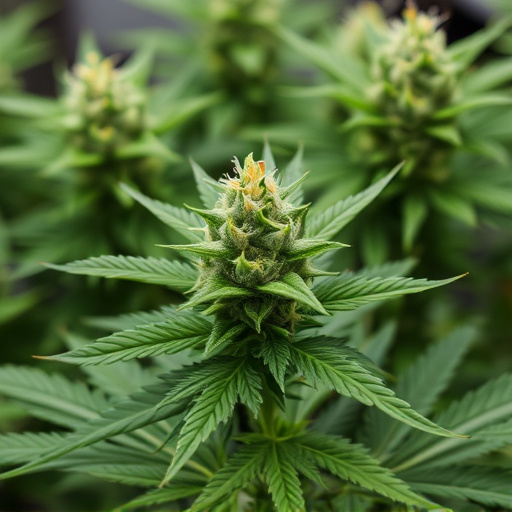The text explores the rare and highly potent cannabis strains, limited by strict regulations and specialized cultivation. Despite advanced techniques, specific climate conditions and soil compositions make these strains scarce, with high THC content and unique sensory experiences. Enthusiasts seek their exceptional potency due to the challenges in mass production, driven by legal constraints focusing on yield, flavor, and medical benefits.
In the dynamic landscape of cannabis, the availability of certain strains has become a mysterious enigma for many enthusiasts. The scarcity of these coveted varieties isn’t merely a matter of preference; it’s a complex web of limited cultivation, stringent regulations, and high consumer demand. From rare genetic mutations requiring specialized growing conditions to legal barriers hindering distribution, the quest for the most potent strains of cannabis has become a challenging labyrinth for both cultivators and consumers alike.
- Limited Cultivation and Availability
- – Discussion on the rarity of certain strains due to strict regulations and limited cultivation practices.
- – Mention of unique growing conditions required for specific strains contributing to their scarcity.
Limited Cultivation and Availability
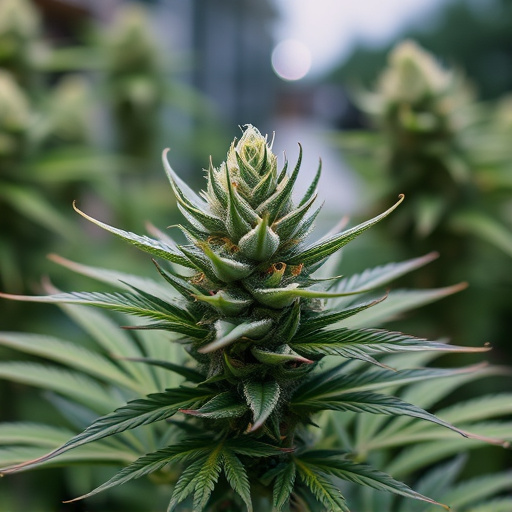
– Discussion on the rarity of certain strains due to strict regulations and limited cultivation practices.
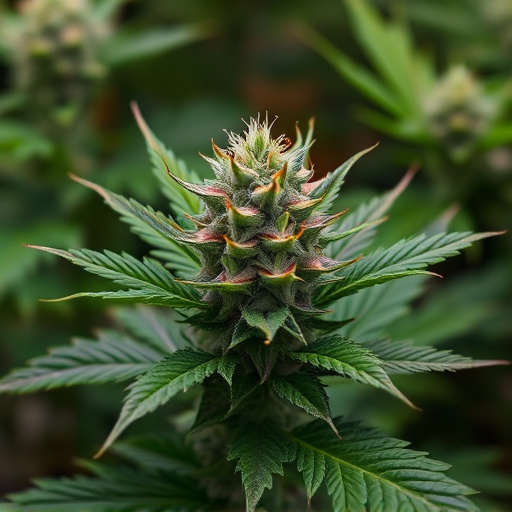
The rarity of certain cannabis strains is largely attributed to strict regulations and limited cultivation practices, especially for the most potent strains of cannabis. Due to legal restrictions, many growers focus on cultivating popular varieties that meet specific criteria set by governing bodies, often prioritizing yield, flavor, and medical benefits over unique genetic traits. This has led to a scarcity of rare and highly sought-after strains that may possess extraordinary potency or possess specific medicinal properties.
Furthermore, the cultivation of these rare strains requires specialized techniques, specific environmental conditions, and years of selective breeding, making them even more elusive. Growers who attempt to preserve these unique genetics often face challenges such as limited access to seeds, high production costs, and the risk of legal repercussions, further contributing to their scarcity in the market.
– Mention of unique growing conditions required for specific strains contributing to their scarcity.
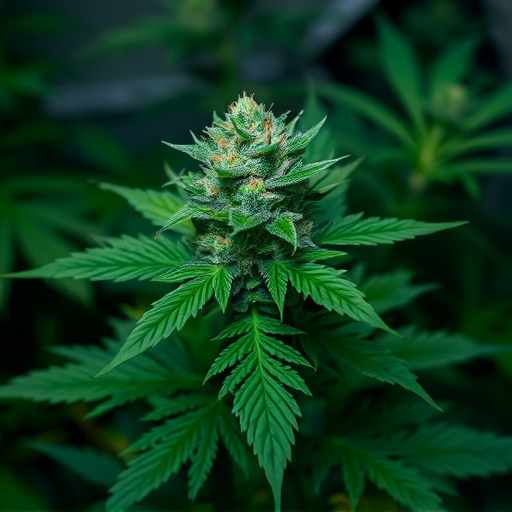
The scarcity of certain cannabis strains is not solely due to high demand; it’s also tied to their unique growing conditions. Many of the most potent strains require specific environments, from rare climate patterns to specialized soil compositions, to thrive and reach their full potential. For instance, some strains native to mountainous regions need cool, oxygen-rich air to produce high levels of terpenes and cannabinoids. Others, grown in tropical areas, rely on consistent humidity and sunlight to develop robust flavors and potent effects.
These precise requirements make it challenging for growers to replicate these conditions exactly elsewhere. Even with advanced techniques and meticulous care, the natural variations in geography, microclimates, and soil chemistry can impact the final product, limiting the ability to mass-produce certain strains. This rarity contributes to their allure, as enthusiasts seek out these hard-to-find varieties known for their exceptional potency and unique sensory experiences.
The unavailability of certain cannabis strains is a result of both stringent regulatory environments and the specialized cultivation methods needed to produce their unique, often more potent, characteristics. The strict requirements for growing these specific varieties can limit production, making them scarce in the market. As regulations continue to evolve, fostering a more diverse cannabis landscape while ensuring quality control will be key to expanding access to these sought-after, most potent strains of cannabis.






